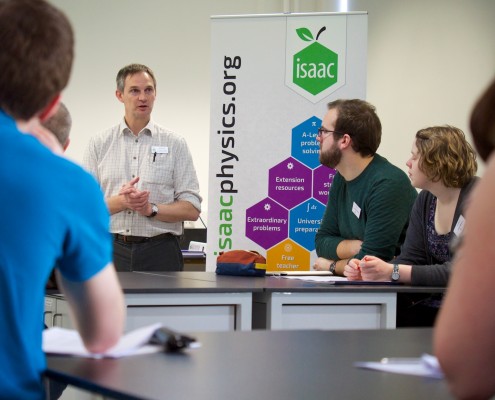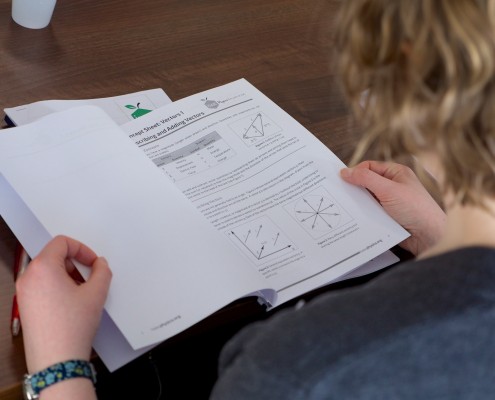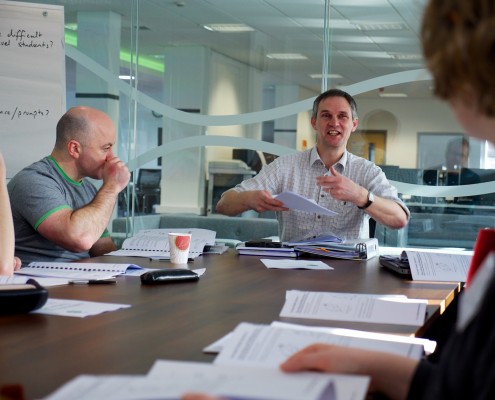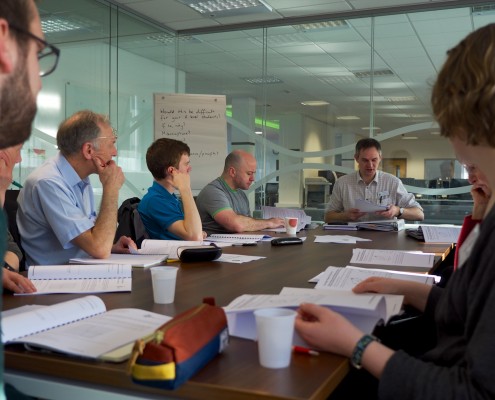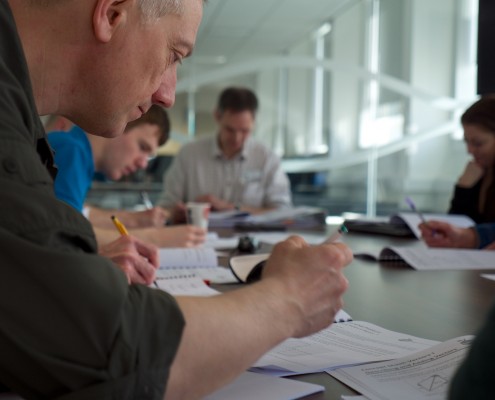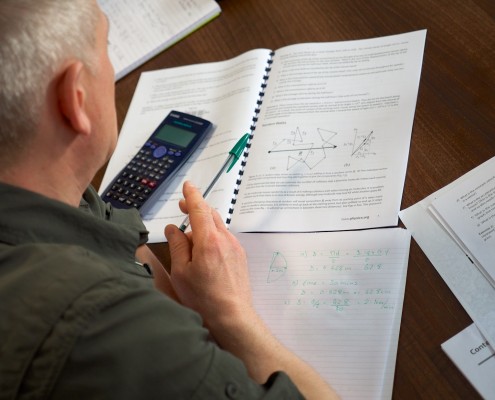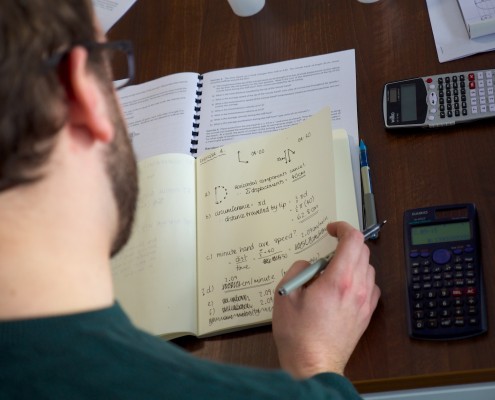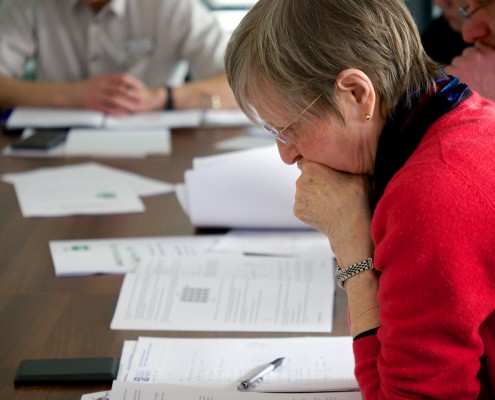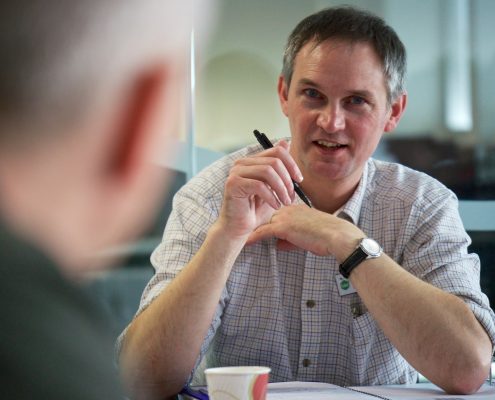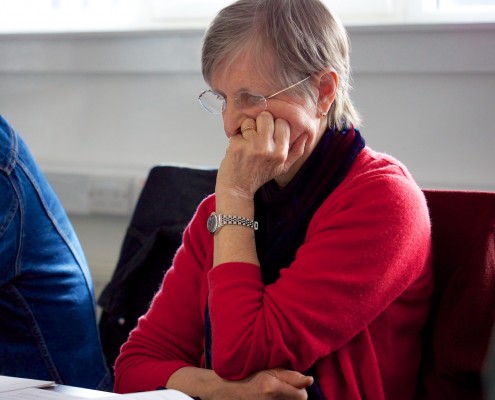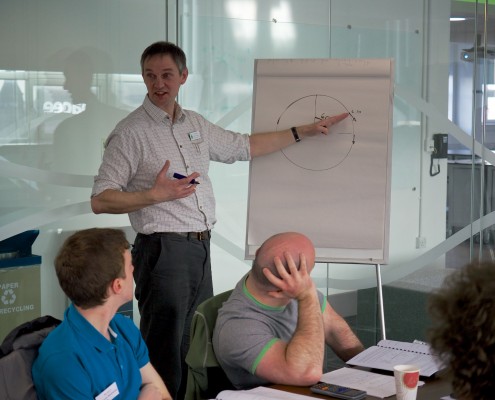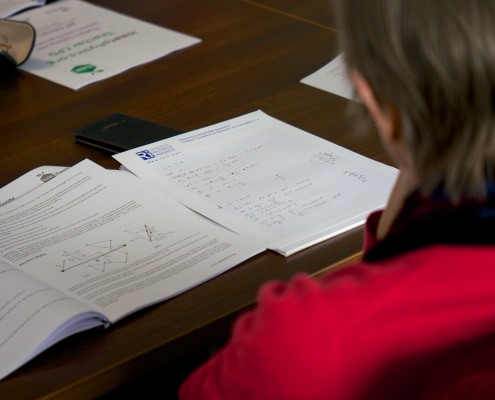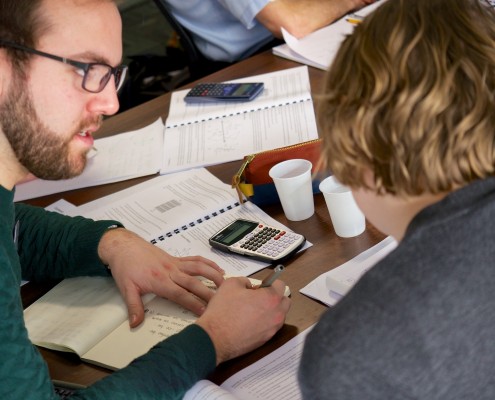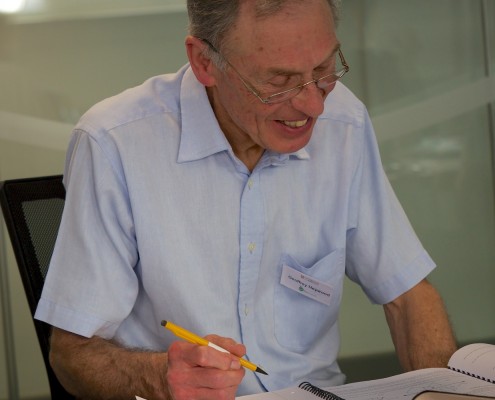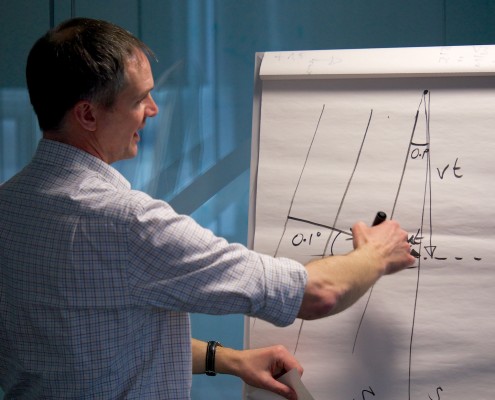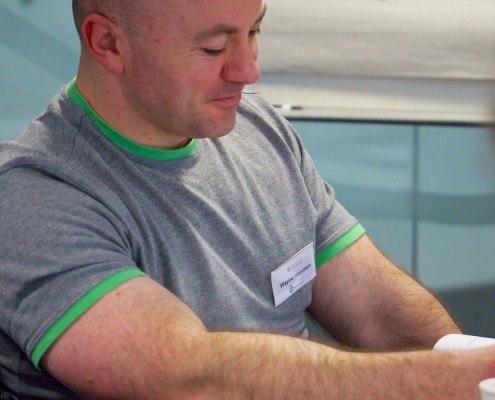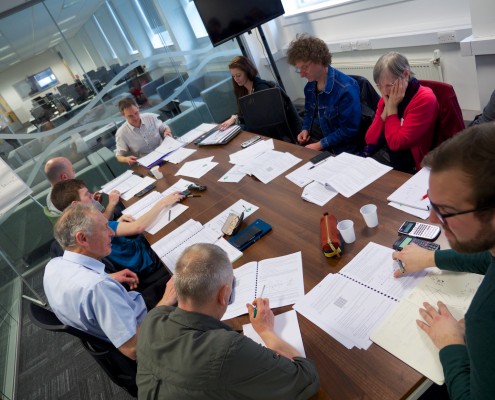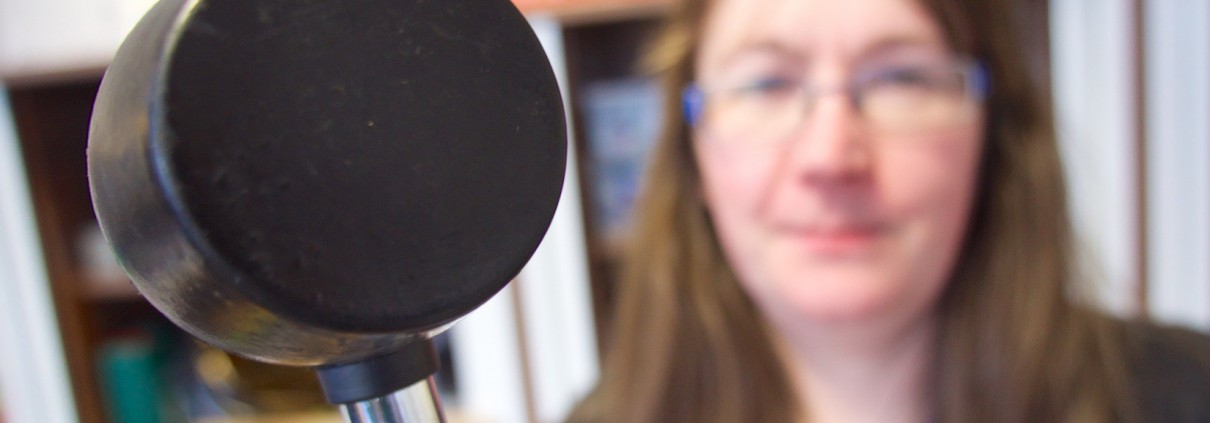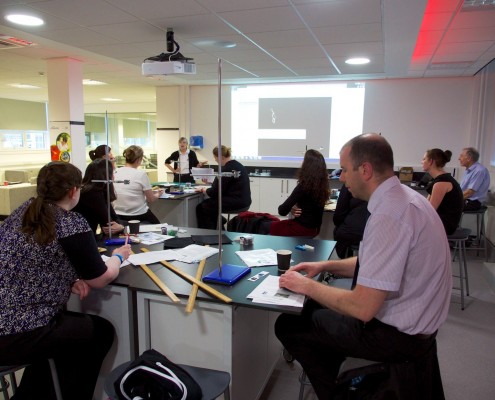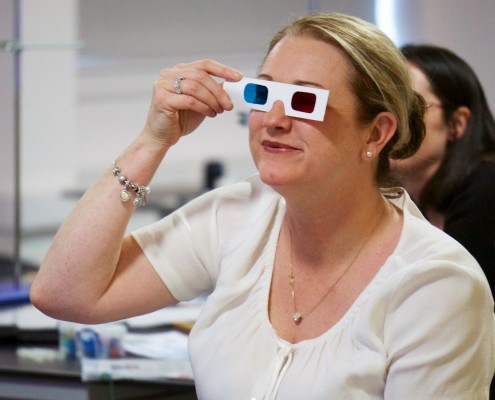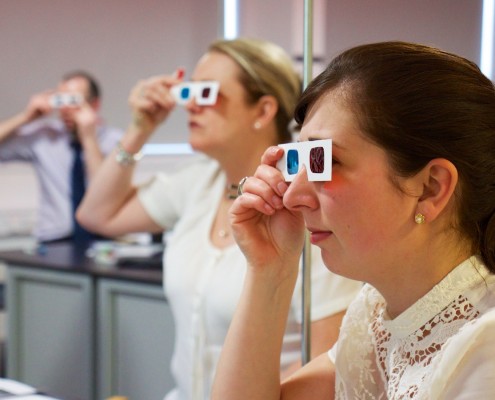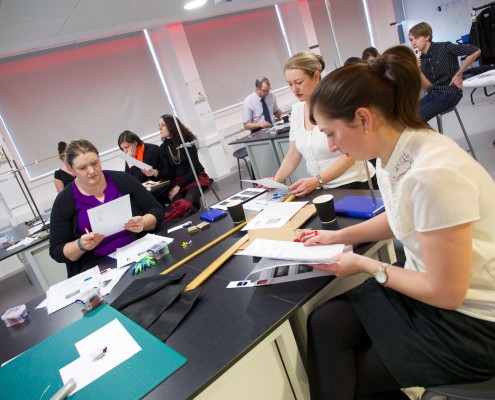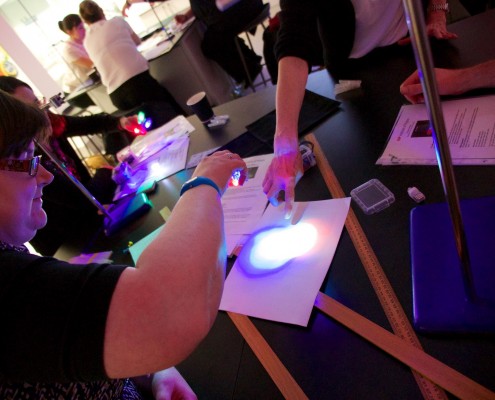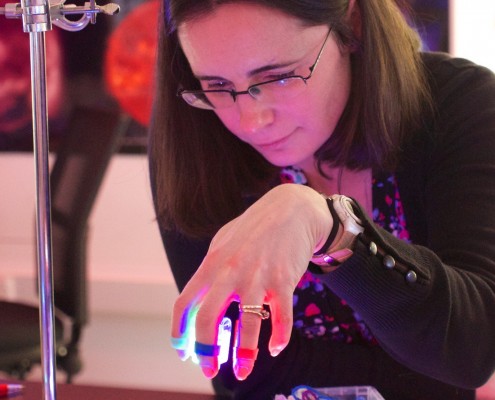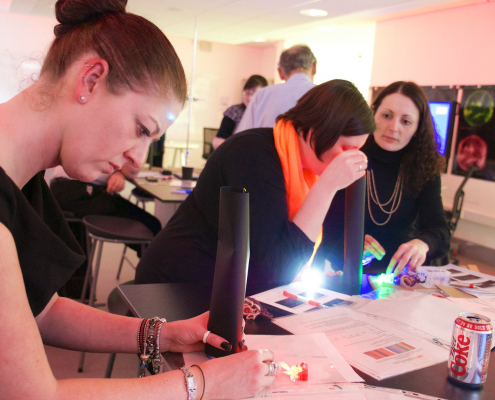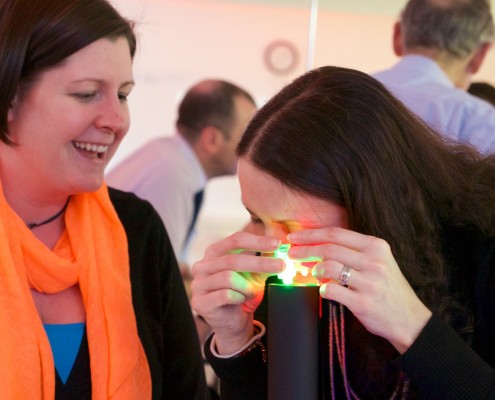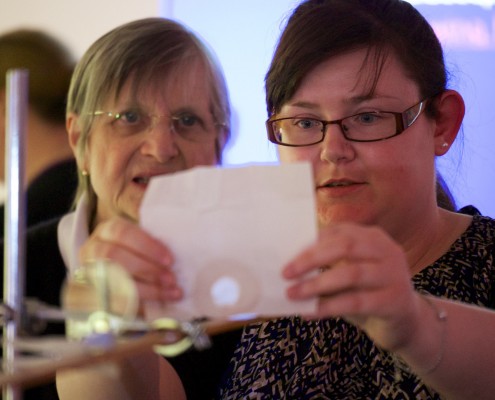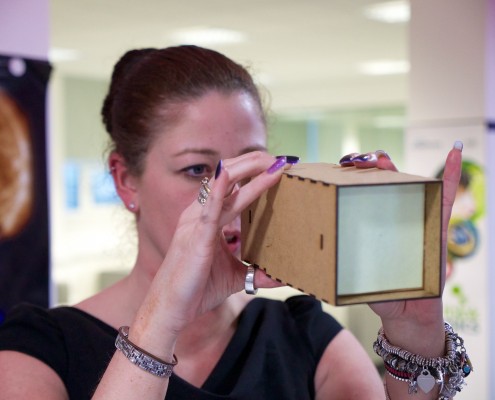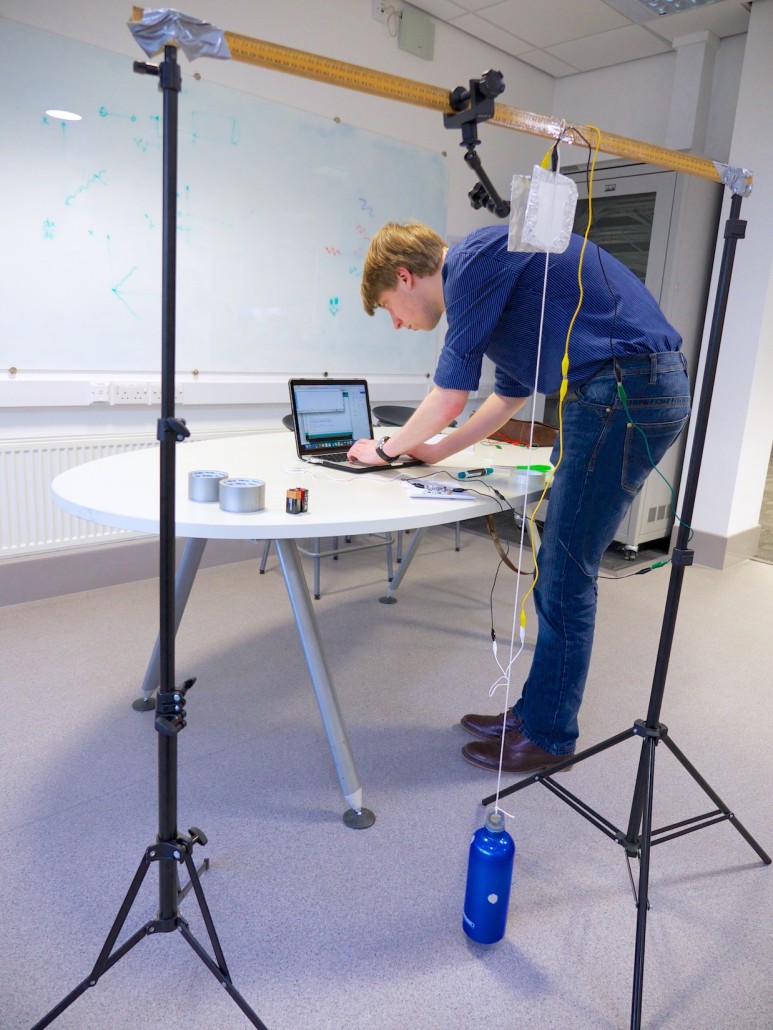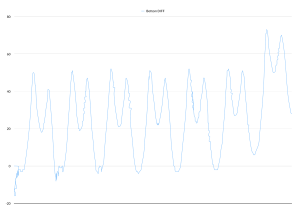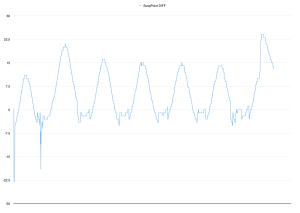My name is Callum Webster, and I’m a Physics student in my first year at Churchill Community College Sixth form. I’ve just completed a three day work experience placement with Think Physics at Northumbria University.
Day one: Monday
I was slowly introduced and settled into my surroundings at the University. I was in town for 9:20 and admittedly had to ring the head of my placement Emma to navigate my way to the office. Once I found my way in I was given a work space and a place to put my bag down (finally), then was taken to the meeting room with Emma to discuss what Think Physics is about. That cleared up brilliantly what the office is all about and what I would be doing.
I soon got cracking. I had to write a case study about myself, which I particularly enjoyed, I just relaxed and wrote a bit about me, why I chose Physics as a whole and why I chose Think Physics for my work experience. I then got cracking on some relevant focused tasks. I was asked to create a series of Powerpoints relating to STEM in the North East, which were focused on my aims to be a teacher and hence thinking about the different age groups the presentations may be displayed to.
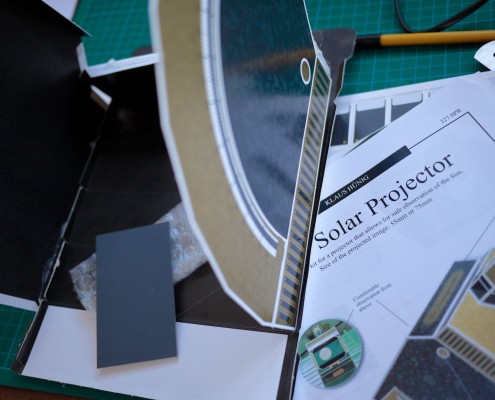
Early progress on the sun projector kit.
After lunch (which was impressive, by the way) I worked on constructing a sun projector from a kit which turned out a lot more successful than I expected given my poor record with design technology. The team provided a cutting board, glue gun and anything else you could need, it was an enjoyable distraction from normal office work. For the last half an hour of my day, my timetable had me down to do this, write up the first day of my placement in a blog.
Day two: Tuesday
I’ve had as good a day as yesterday, if not a better one. I got in comfortably, said good morning to everybody and was off. I had to finish the last of the three presentations ready for schools during science week. I’d just finished the animations when I looked up and realized there was about half an hour until lunch, how time flies!

Planning talks
Next on my timetable was to plan a talk to a primary school surrounding the solar eclipse. I liked this as I could tell the team has specifically designed this around my dreams for the future to be a teacher. I had just got onto what would be the last ten minutes of a lesson in my plan when I was given a request I couldn’t refuse: lunch!
After Lunch I continued my construction project, now fitting a lens to the model, which is further than I’ve ever made it with these sort of things in the past. Jonathan was in a meeting with Carol but when he returned I got to carry out a little experiment, being trusted with a very high-tech Infrared camera and experimenting with scenarios such as a bin bag in front of the face and mixing hot water with cold in a tub. We were planning for a trip from multiple schools which was going to happen on day three.
We seemed to have a pretty successful set up with a display on a big screen and a cool experiment, good work overall that afternoon. Finally, I returned to the office for the last 15 minutes or so to quickly get this down.
Final day: Wednesday
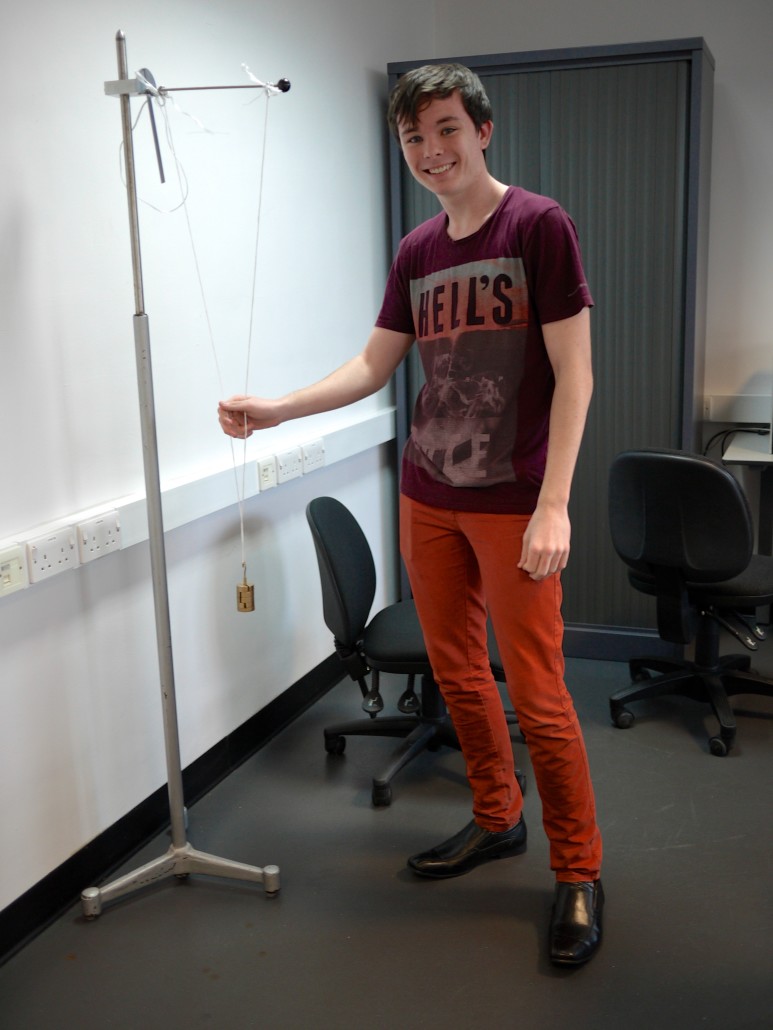
Working with the pendulum
I can’t believe this placement is practically over, I’ve enjoyed myself a whole lot and the time has just flown by. I started the day a little nervously if I’m honest as I was working in a lab with Pietro, Gary and the first year undergraduates. A lot of new faces for one year 12 like me. However I really enjoyed my experience in the lab, Gary and Pietro helped me settle in quickly and got me cracking on a first year practical on the swinging of a pendulum.
I felt this was a really useful experience for the future when I myself will be a Physics undergraduate. I learnt things such as equations with 5 subjects, error bars and graph extrapolation. I impressed Gary with my knowledge of straight line graphs but of course had to ask for help on a few things that I didn’t understand which I wouldn’t have seen yet at sixth form. Towards the end when I had finished both parts of my practical I found that if I hadn’t have slipped up on one section I would have had exactly the same result as Gary, which is quite impressive considering I’ve only done a quarter of higher level physics.
Towards dinner I got chatting with a few students, who seemed really nice and as if they were fine with me being there. It was a super three hours that flew by, I really didn’t realise it was lunch until the team knocked on the lab door and asked if I was ready to head down to the canteen.
For the second half of the day it was the same as previous, with Jonathan and then this blog. This time the practical was real and in front of multiple groups of kids from different schools, varying between 6 and 15 students. Mostly they seemed really impressed and as if they enjoyed the demonstration that me and Jonathan put on about 5 times. This I also found useful as again it links to my future aspiration to be a science teacher. Following that success, me and Jonathan tidied the equipment up from Think Lab and brought it all back through to their places in the office (which I’ve got used to by now).
Then all there was left to do was fill out a work experience evaluation form where I was honest about how much I enjoyed the experience and then this, the final paragraph of my blog, on the closing day of my work experience placement at Think Physics, Northumbria University.
I’d like to quickly thank the team for having me and being so thoughtful, welcoming and generous over the three days I’ve been here, it’s been such a good experience for me and I find it a shame to leave actually.
Thanks and all the best, Callum.
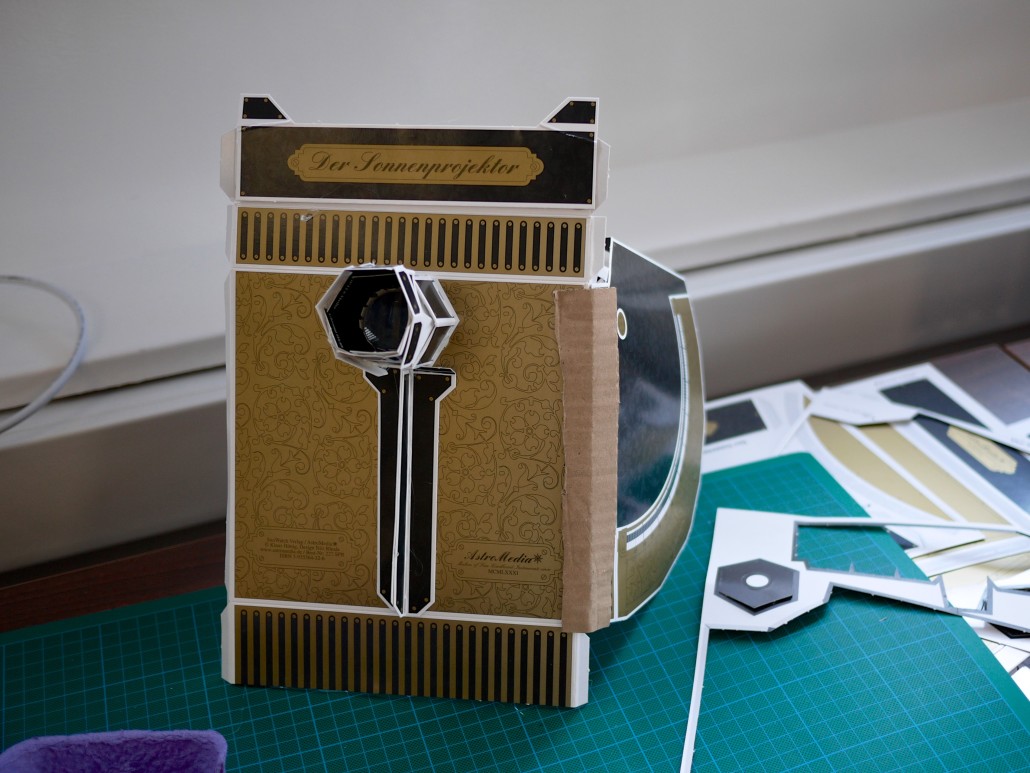
The completed sun projector

